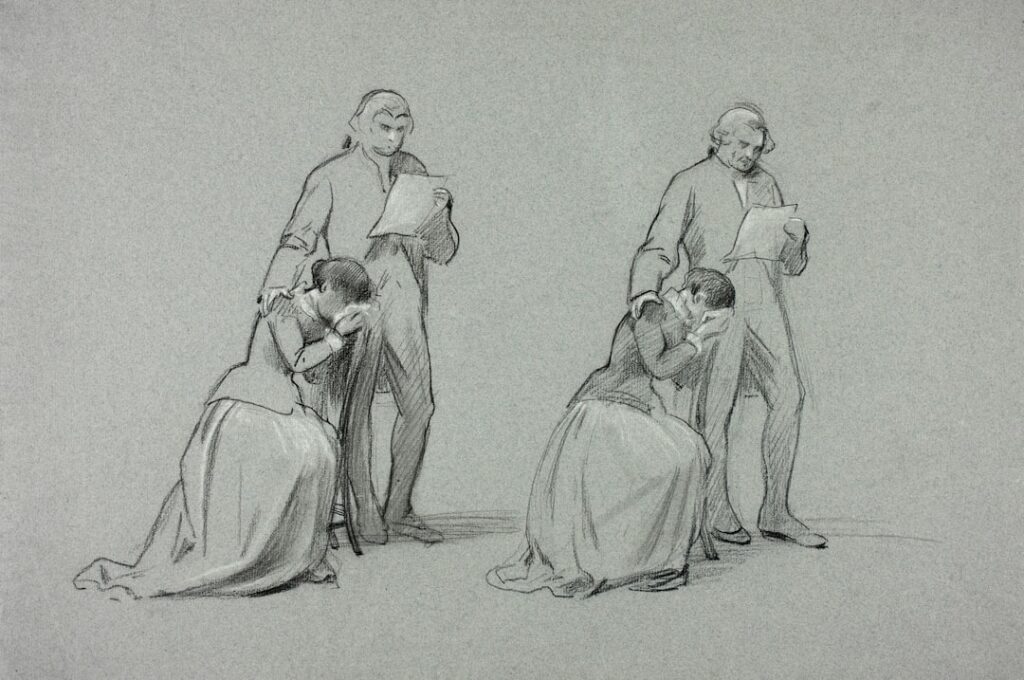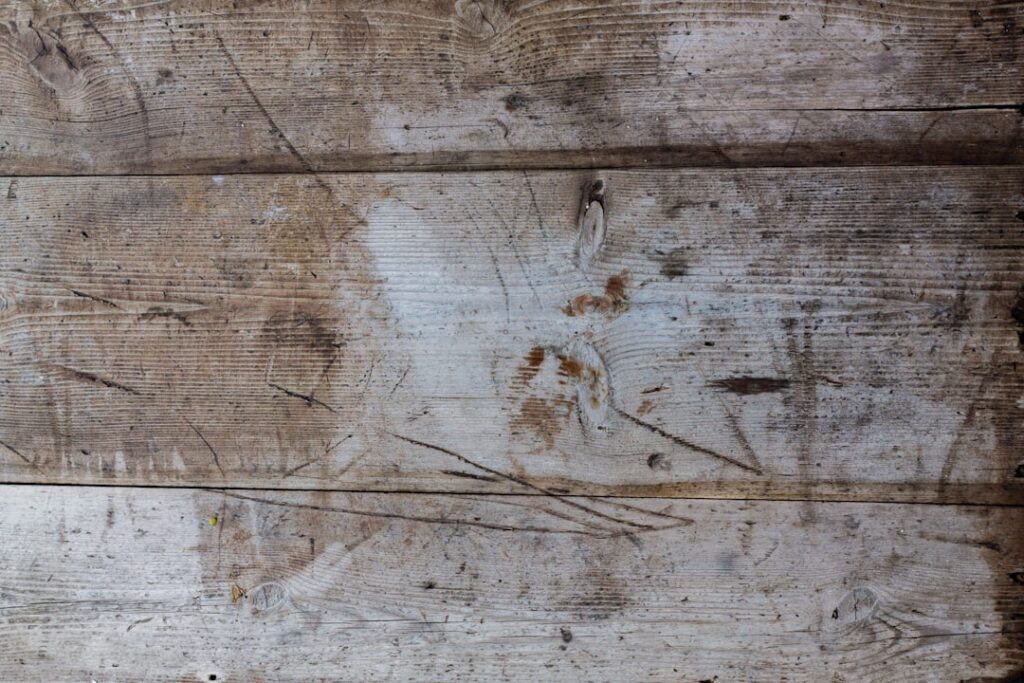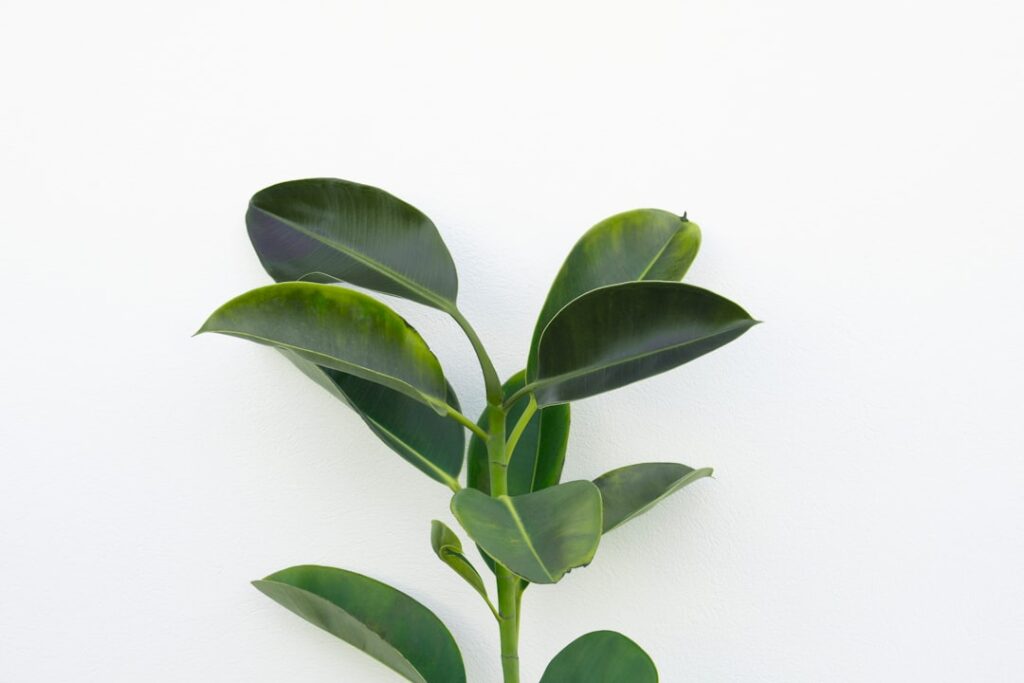
Nature’s beauty has a profound impact on the human soul. The sight of a majestic mountain range, the sound of a babbling brook, the smell of fresh pine trees, and the feel of soft grass underfoot all have the power to uplift and inspire. The beauty of nature has been celebrated by artists, poets, and philosophers for centuries, and for good reason. It has the ability to evoke a sense of awe and wonder, and to remind us of our place in the world. Whether it’s the vibrant colors of a sunset, the intricate patterns of a leaf, or the grandeur of a waterfall, nature’s beauty is a constant source of inspiration and joy.
The power of nature’s beauty lies in its ability to connect us to something greater than ourselves. When we immerse ourselves in the natural world, we are reminded of the vastness and complexity of the universe, and our own small place within it. This can be both humbling and empowering, as it encourages us to appreciate the beauty and wonder of the world around us, and to take care of it for future generations. Nature’s beauty also has the ability to soothe and heal. Studies have shown that spending time in nature can reduce stress, anxiety, and depression, and improve overall well-being. The sight of a beautiful landscape or the sound of birdsong can have a calming effect on the mind and body, helping us to find peace and tranquility in an often chaotic world.
Key Takeaways
- Nature’s beauty has the power to inspire and uplift our spirits, providing a sense of peace and tranquility.
- Capturing the serenity of the landscape through art allows us to preserve and share the beauty of nature with others.
- Connecting with nature through art enables us to develop a deeper appreciation for the natural world and our place within it.
- Techniques for drawing natural landscapes involve observing and capturing the intricate details and textures of the environment.
- Finding inspiration in the great outdoors can lead to a greater sense of creativity and a renewed connection with the natural world.
Capturing the Serenity of the Landscape
Capturing the serenity of the landscape through art is a way to preserve and share the beauty of nature with others. Whether it’s through painting, drawing, photography, or other forms of artistic expression, artists have long been inspired by the natural world and have sought to capture its essence in their work. By creating art that reflects the serenity of the landscape, artists can evoke a sense of peace and tranquility in their viewers, allowing them to experience the beauty of nature even if they are unable to be in it physically.
The serenity of the landscape can be captured in many ways, from the soft pastel colors of a sunrise to the quiet stillness of a forest. Artists often use techniques such as light and shadow, perspective, and composition to convey the sense of calm and beauty found in nature. By paying attention to details such as the play of light on water, the movement of clouds in the sky, or the texture of rocks and trees, artists can create works that transport viewers to peaceful and serene natural settings. Through their art, they can invite others to share in the experience of being surrounded by the beauty and tranquility of the natural world.
Connecting with Nature through Art
Art has long been a way for people to connect with nature on a deeper level. Through art, we can explore and appreciate the beauty of the natural world in a way that goes beyond simple observation. Whether it’s through painting, drawing, sculpture, or other forms of artistic expression, creating art inspired by nature allows us to engage with its beauty in a more intimate and personal way. By spending time observing and interpreting the natural world through art, we can develop a deeper appreciation for its intricacies and complexities.
Art also provides a way for us to express our emotional connection to nature. Through our artistic creations, we can convey our awe, wonder, and reverence for the natural world, as well as our concerns about its preservation and protection. Art can serve as a powerful tool for raising awareness about environmental issues and inspiring others to take action to care for the planet. By connecting with nature through art, we can foster a sense of stewardship and responsibility for the earth, encouraging others to see its beauty as something worth preserving for future generations.
Techniques for Drawing Natural Landscapes
Drawing natural landscapes requires a keen eye for detail and an understanding of how to capture the essence of the natural world on paper. There are several techniques that artists use to create realistic and evocative drawings of landscapes. One important technique is to pay attention to perspective and scale. By accurately representing the size and distance of objects in a landscape, artists can create a sense of depth and dimension in their drawings, making them more realistic and immersive.
Another important technique for drawing natural landscapes is to use light and shadow effectively. By observing how light falls on different elements in a landscape, such as trees, rocks, and water, artists can create a sense of atmosphere and mood in their drawings. This can help to convey the time of day, weather conditions, and overall feeling of a particular scene. Texture is also an important consideration when drawing natural landscapes. By using different drawing techniques such as hatching, stippling, or blending, artists can create realistic textures that convey the roughness of rocks, the softness of grass, or the smoothness of water.
Finding Inspiration in the Great Outdoors
Finding inspiration in the great outdoors is essential for artists who want to capture the beauty of nature in their work. Spending time in natural settings allows artists to observe and experience firsthand the colors, shapes, textures, and moods that make up the landscape. Whether it’s hiking through a forest, sitting by a lake, or watching a sunset from a mountaintop, being in nature provides endless opportunities for inspiration. Artists can take note of the way light plays on different elements in the landscape, how colors change throughout the day, and how weather conditions affect the overall feeling of a scene.
Nature also provides endless opportunities for artists to find unique and interesting subjects for their work. From intricate patterns in tree bark to the delicate petals of a flower, there is no shortage of beauty to be found in the natural world. By immersing themselves in nature, artists can discover new sources of inspiration that can fuel their creativity for years to come. Additionally, spending time in nature allows artists to connect with their surroundings on a deeper level, fostering a sense of appreciation and respect for the environment that can be reflected in their art.
The Therapeutic Benefits of Nature Drawing

Engaging in nature drawing can have numerous therapeutic benefits for individuals. Studies have shown that spending time in nature can reduce stress levels and improve overall mental well-being. When combined with drawing or sketching natural landscapes or elements found in nature such as trees or flowers, these benefits are further enhanced. Nature drawing allows individuals to focus on their surroundings in a mindful way, which can help reduce anxiety and promote relaxation.
Nature drawing also provides an opportunity for individuals to practice mindfulness and be fully present in the moment. By paying close attention to details such as the shape of leaves or the movement of water, individuals can cultivate a sense of calm and inner peace. This meditative quality of nature drawing can help individuals to clear their minds and find respite from the pressures of daily life. Additionally, nature drawing encourages individuals to spend time outdoors, which has been shown to have numerous physical health benefits such as reducing blood pressure and improving immune function.
Sharing the Beauty of Nature through Art
Sharing the beauty of nature through art allows artists to inspire others and foster a deeper connection with the natural world. By creating art that reflects the serenity and majesty of landscapes, artists can evoke emotions and memories in their viewers that are associated with being in nature. This can help people who may not have access to natural settings due to physical limitations or other constraints to experience its beauty vicariously through art.
Art also has the power to raise awareness about environmental issues and inspire action for conservation efforts. By depicting scenes from nature that are at risk due to human impact or climate change, artists can draw attention to these issues and encourage others to take steps to protect the environment. Through their art, they can convey a sense of urgency and importance about preserving natural landscapes for future generations.
In conclusion, nature’s beauty has an undeniable power to inspire, soothe, and connect us with something greater than ourselves. Capturing the serenity of landscapes through art allows us to share this beauty with others and foster a deeper appreciation for the natural world. By using techniques for drawing natural landscapes and finding inspiration in the great outdoors, artists can create works that reflect their emotional connection with nature while also raising awareness about environmental issues. Engaging in nature drawing also offers therapeutic benefits for individuals by promoting relaxation and mindfulness. Ultimately, sharing the beauty of nature through art has the potential to inspire positive change and encourage others to care for our planet.
Sure, here’s a paragraph that mentions the related article and includes the link as an tag:
If you’re interested in learning more about body base drawing, you might want to check out the article “Mastering the Art of Body Proportions” on TreeVisualsLed. This insightful piece delves into the fundamentals of drawing accurate body proportions and provides valuable tips for artists looking to improve their figure drawing skills. Whether you’re a beginner or an experienced artist, this article offers practical guidance that can help you elevate your body base drawing techniques.
FAQs
What is body base drawing?
Body base drawing is a technique used in art to create a foundation for drawing the human body. It involves creating a simplified framework of the body’s proportions and structure before adding details.
Why is body base drawing important?
Body base drawing is important because it helps artists establish the correct proportions and structure of the human body. It serves as a guide for creating realistic and accurate figure drawings.
What are the basic principles of body base drawing?
The basic principles of body base drawing include understanding the proportions of the human body, creating a simplified skeleton or framework, and using basic shapes to represent different body parts.
What are some techniques used in body base drawing?
Some techniques used in body base drawing include using simple shapes to represent the head, torso, and limbs, understanding the skeletal structure of the body, and using guidelines to establish proportions.
How can I improve my body base drawing skills?
You can improve your body base drawing skills by practicing regularly, studying anatomy, and observing the human body in various poses. Additionally, taking life drawing classes and using reference materials can also help improve your skills.


